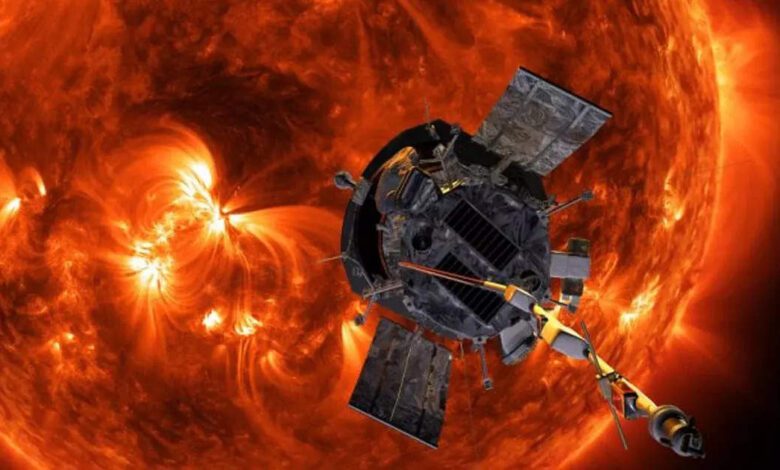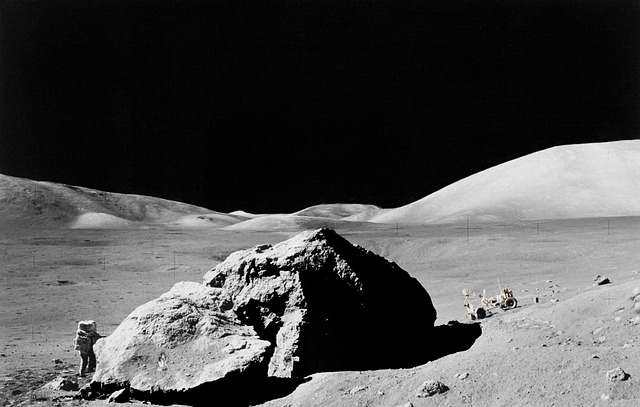
The Indian Space Research Organisation (ISRO) recently celebrated a successful landing on the moon’s south pole with its lunar mission, Chandrayaan-3. The successful lunar mission signalled to other significant projects on ISRO’s docket, the Sun observation Aditya-L1 spacecraft, and a proposed mission to Venus. Bharat ambitious space exploration targets, hinted by Prime Minister Narendra Modi, offer an exhilarating leap forward in India’s space journey.
“India’s successful moon mission is not India’s alone…our approach of ‘one Earth, one family, one future’ is resonating across the globe…moon mission is based on the same human-centric approach. So, this success belongs to all of humanity,” Modi said noting that this stupendous feat has been achieved during India’s G20 presidency.
Aditya-L1: India’s First Solar Observatory
Officials at ISRO are preparing for the launch of India’s first space-based solar observatory, Aditya-L1, from the rocket facility in Sriharikota. Aditya L1, will be India’s first space-based mission to study the sun, and shall be launched on August 26, as per ISRO’s website. The satellite will be placed in a halo orbit around the Lagrange point 1 (L1) of the Sun-Earth system. This point is about 1.5 million km from the Earth. The spacecraft, named after the sun god in Hinduism, aims to deliver a detailed analysis of the interesting dynamics of our solar system’s central star.
Once launched, the Aditya-L1 is planned to consistently observe the sun from the first Lagrange point (L1). This vantage point allows for unparalleled monitoring of the sun without interruptions caused by eclipses or occultation.

The mission’s main goals involve studying the details of the solar upper atmosphere, including the chromosphere and corona. Furthermore, it aims to enhance our understanding of partially ionized plasma’s physics and the origins of unpredictable solar events like coronal mass ejections and solar flares. Additionally, it aims to collect in-situ data about solar particles and plasma dynamics.
Not limited to these areas, the probe will also investigate the heating mechanisms of the solar corona, the solar wind’s origins, composition, and dynamics, and the diagnostics of plasma in the coronal loops. The ambitious mission is set to give light on the sequence leading to solar eruptive events and provide measurements within the solar corona, contributing to a better understanding of the drivers behind space weather.
Venus Mission: Pioneering Planetary Exploration
Apart from solar exploration, ISRO’s agenda also includes a pioneering planetary exploration mission aimed at Venus, tentatively marked for December 2024 launch.
According to an update shared with NASA’s Decadal Planetary Science Committee, ISRO scientist T Maria Antonita revealed that the launch is tentatively scheduled for December 2024. As of November 2020, ISRO had shortlisted 20 international proposals for collaboration, involving countries like Russia, France, Sweden, and Germany. Notably, the Swedish Institute of Space Physics is engaged with ISRO for the Venus orbiter mission.
The Venus mission is set to revolve around studying the planet’s surface and subsurface stratigraphy and resurfacing processes, atmospheric chemistry, dynamics, and compositional fluctuations. The mission will also study solar irradiance and solar wind interactions with Venus’s ionosphere, further investigating the structure, composition, and dynamics of its atmosphere.
With an alternate launch window available in 2031, ISRO’s mission aims to solve the mysteries of Venus, just as it has done with the moon and plans to do with the sun.
NASA-ISRO Synthetic Aperture Radar Mission (NISAR)
Scheduled to launch from India in 2024, the NASA-ISRO Synthetic Aperture Radar Mission, or NISAR, will use advanced radar to precisely track changes in the Earth’s land and ice surfaces.
Space Tourism on the Cards
ISRO’s ambitious blueprint includes the establishment of a space tourism industry by 2030. According to estimates, the ticket for such a celestial journey is expected to cost around Rs 6 crore.
As India reaches for the stars, the world watches in anticipation. The next frontier is not just up above, but also inwards towards unlocking the many mysteries of our cosmic neighborhood.
Please, also have a link into: ISRO’s SSLV Technology Transfer: One will get picked, 23 companies apply



